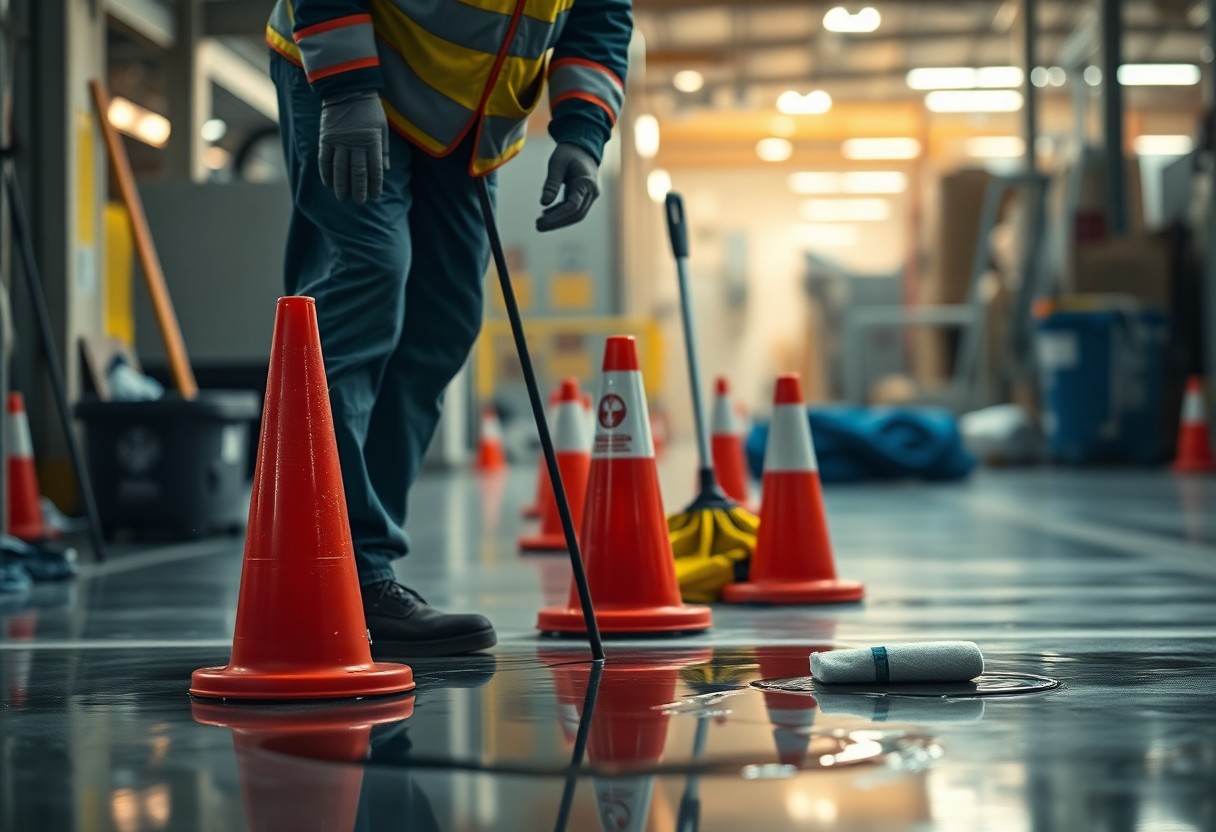Many situations in your workplace can lead to spills, whether it’s a small container of cleaning fluid or a larger chemical leak. Understanding how to manage spills effectively is vital for maintaining a safe working environment. Knowing the proper reporting and clean-up protocols ensures not only your safety but also the safety of your colleagues and the surrounding environment. In this article, you will learn practical steps to take after a spill occurs.
Your first action after a spill should always be to assess the situation. Evaluate the size of the spill, the substance involved, and whether it poses an immediate risk to you or others. If the spill involves hazardous materials, your first priority is to ensure everyone’s safety. Alert nearby colleagues to the hazard and evacuate the area, if necessary. Never attempt to clean it up yourself unless you are trained and equipped to handle it safely.
Once you have ensured that everyone is at a safe distance, it’s time to report the spill. Contact your supervisor or the designated safety officer immediately. Provide them with clear information about the location, the substance involved, and the extent of the spill. This information will allow them to assess the situation and determine the appropriate response. Be prepared to follow any instructions they provide and stay near the area if requested until help arrives.
After reporting the spill, it’s important to take note of the circumstances surrounding the incident. Document details such as the time, date, and any specific actions you took in response to the spill. This documentation is imperative for future assessments and might be required for compliance purposes. Accurate reporting helps identify potential weaknesses in spill management protocols and allows for continuous improvement in safety measures.
Concerning clean-up protocols, it is imperative to use the right equipment and materials. If the substance involved is non-toxic, you may have more straightforward clean-up measures, but always follow your organization’s guidelines. Personal protective equipment (PPE) such as gloves, goggles, or masks may be necessary depending on the material that has spilled. Always ensure that you’re properly equipped before proceeding.
In cases where a hazardous substance has spilled, specific procedures must be followed. Your organization should provide spill kits that include absorbent materials, neutralizing agents, and disposal bags. Use these materials as directed and follow established clean-up procedures. If the situation escalates or if you are uncertain, waiting for trained professionals to manage the clean-up is the best course of action.
Finally, once clean-up is complete, inspect the area to ensure that no residual hazards remain. Dispose of used materials in accordance with your organization’s waste disposal protocols, and report any damage or ongoing issues to your supervisor. Continuous vigilance in spill management will ultimately foster a safer working environment for you and your colleagues.
Understanding and following spill management protocols is an integral part of workplace safety. By being prepared and knowing the necessary steps to take in the event of a spill, you play a vital role in protecting yourself and those around you.

Leave a Reply